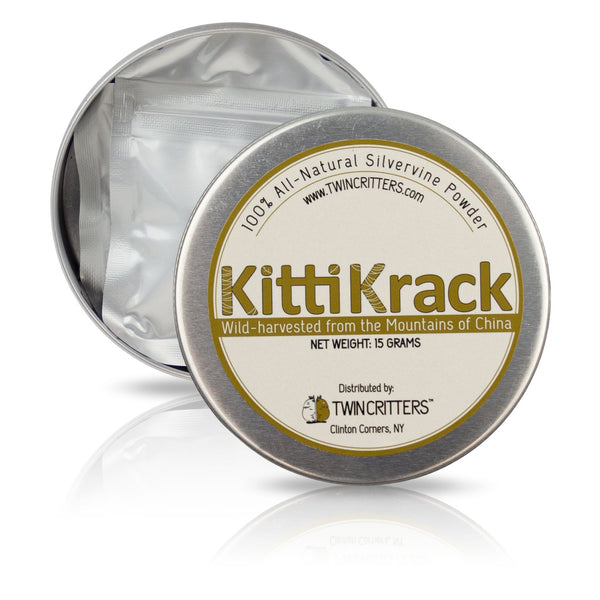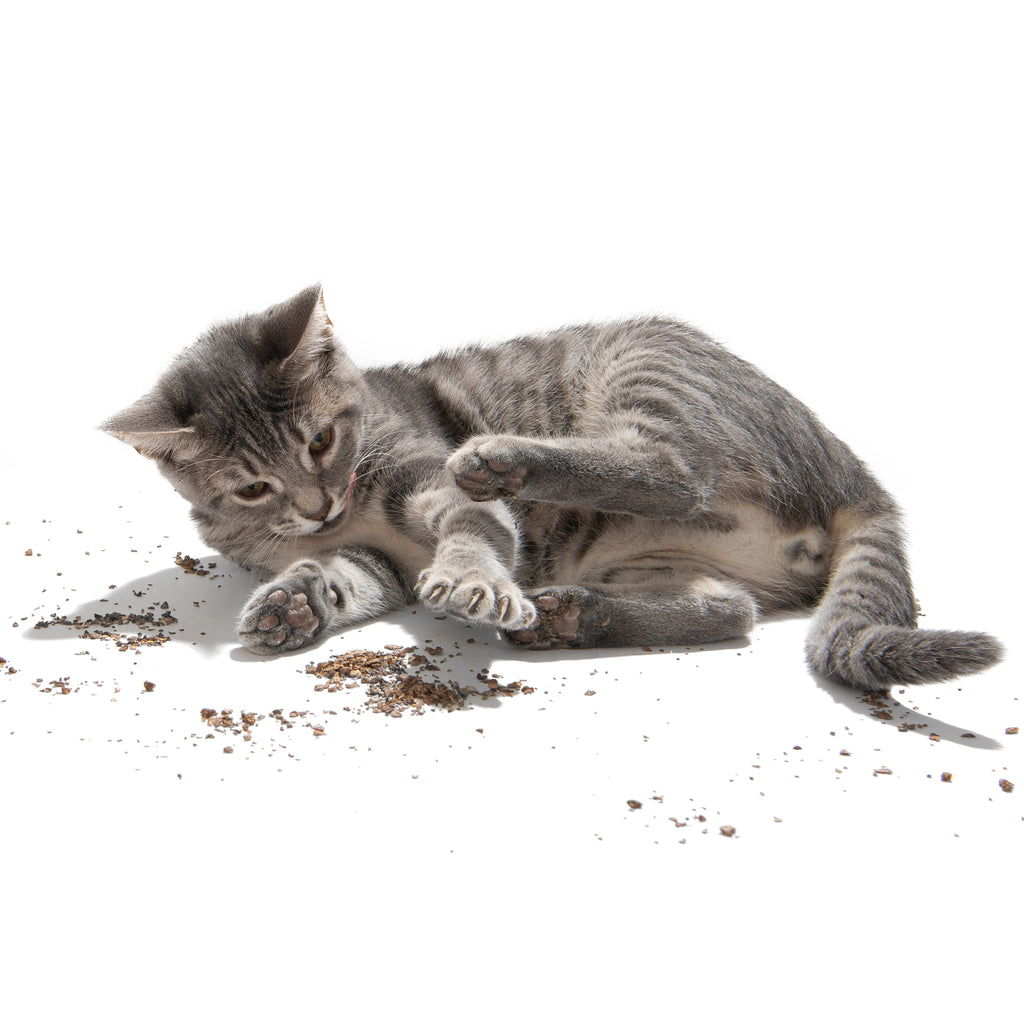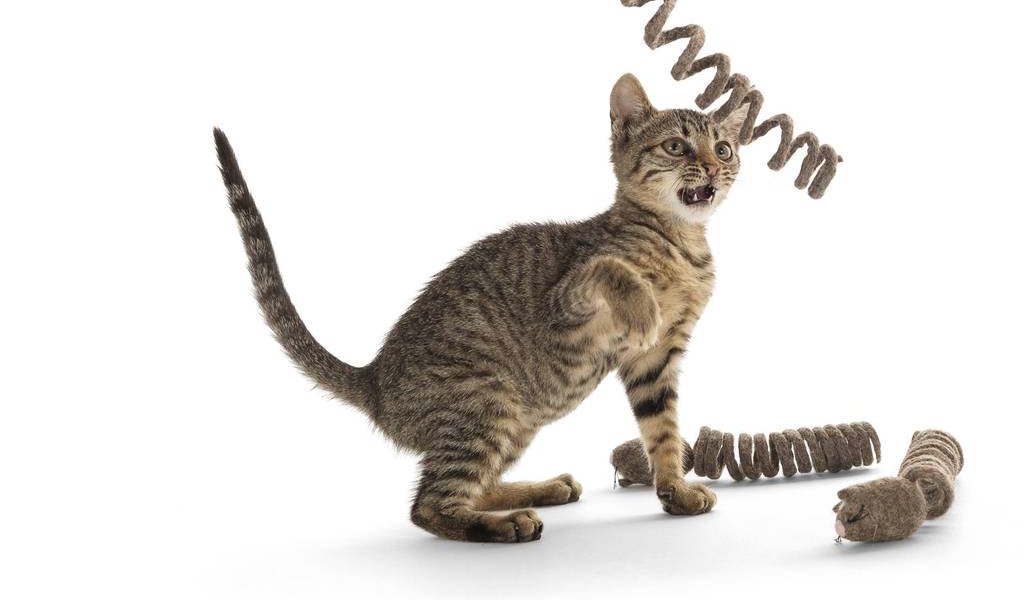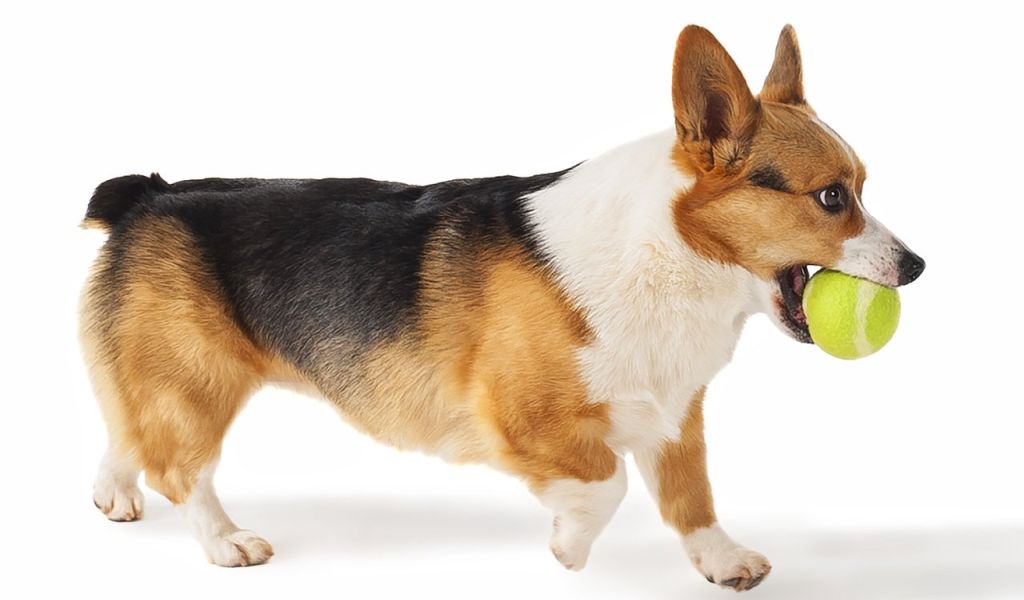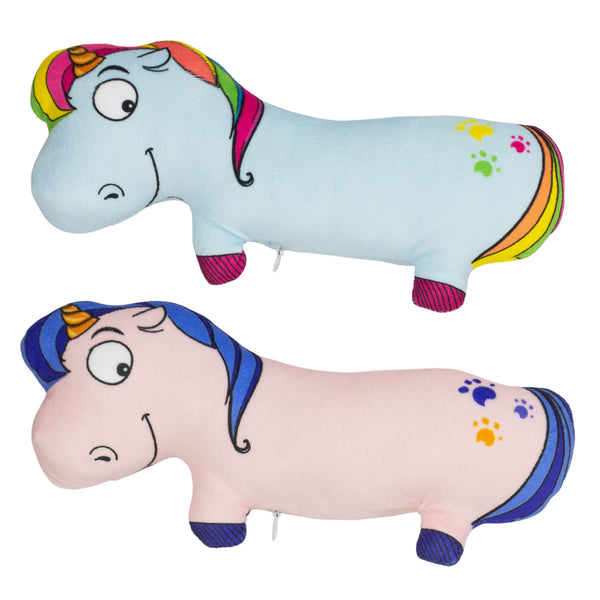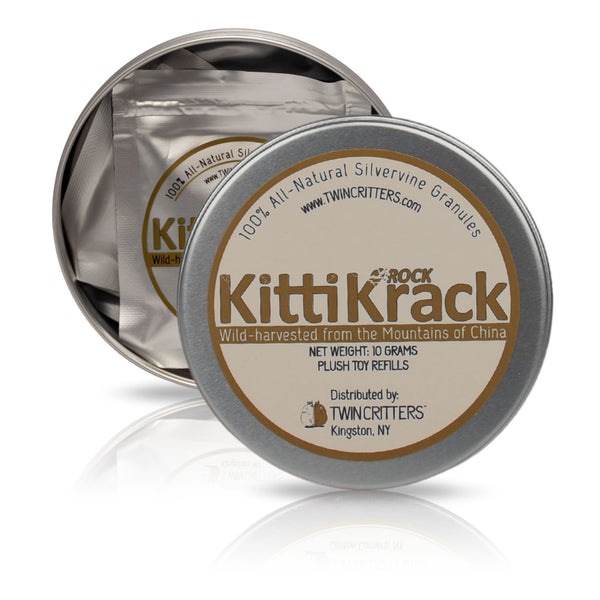Benefits Of Wool Cat Cave Beds

Thinking of getting a wool cat cave for your feline furbaby? Here are some of the benefits.
It’s human nature to want to pamper our cats, and it’s kitty nature to want to cuddle up inside something dark, warm, and soft. Put the two together and a cat cave makes the perfect piece of cat furniture.
Wool cat caves are more than just a fun place for your cat to curl up. There are proven scientific benefits to providing one of these for your cat to nestle in. Here are some of the reasons cat caves rock, as well as why cats often gravitate to woolen cat caves over any other kind of bed.
Cats Adore Enclosed Spaces
As a caring cat owner, you’ve laid out a soft and cushy blanket on the couch. Thirty minutes later, you walk into the living room to discover the cat sleeping soundly...inside a cold, hard, cardboard box in the corner of the room.
Cats love climbing and exploring inside everything from boxes to baskets. A lot has been written by animal behaviorists on cats’ love of boxes. PBS has evaluated the unusual feline habit of sitting inside of squares marked out on the floor. These box-loving behaviors are rooted in a cat’s need for a secure space. It seems that kitties feel safer when they’re in an enclosed space like a box, a taped-out square, or a cat cave. In fact, a study from Applied Animal Behaviour Science found that hiding in a box reduces a cat’s stress levels (Vinke, et al.). If you’d like to provide your kitty somewhere to crawl in and hide, a cat cave is a softer, more cozy alternative to the box your new coffee maker arrived in.
Wool Fibers Are Absorbant
With pet beds come inevitable accidents, but cat owners using wool cat caves don’t need to worry about their feline sleeping in a soggy mess. The Science Learning Hub in New Zealand (a top producer of wool) explains how wool fiber contains tiny cuticle cells that are incredibly absorbent and wicks moisture away from the surface. Even if your wool cat cave gets wet, it will still feel dry to the touch until you can address the mess.
Wool Works Like a Thermostat
Wool fiber cuticles also help keep woolen materials warm when the temperature drops, as well as cool when the mercury rises. After wool traps moisture, it starts producing heat – making it perfect for chilly, damp nights. Especially if you have an older cat that’s sensitive to the cold, a wool cat cave is an ideal bed to keep them toasty.
As the temperature grows warmer, the cuticles in the wool expand, releasing the moisture and allowing cool air to flow through the fiber (Science Learning Hub). This means that a wool cat cave is ideal for keeping kitty cozy no matter what the temperature is!
Cat Caves Discourage Unwanted Sleeping Locations
You love your cat, but wish he wouldn’t spend his days coating your pillow with his fur or sleeping on your clean kitchen counters or keyboard. Pet beds like cat caves give you an opportunity to redirect your cat’s sleeping location. When you provide them with a comfortable, attractive place to curl up, your cat is less likely to end up in the basket of clean laundry you just took out of the dryer (no guarantees).
Wool Is Easily Shaped
Wool fibers are easily moldable (which is why they can be turned into felt). When subjected to weight, wool molds comfortably to it, but when that weight is removed, it springs back to its original shape. Instead of sleeping inside the cave, many kitties prefer to hop on top of it and flatten it out as a soft, comfy bed. When your cat leaves its bed, you can simply roll your hand around the inside and pop it back to its original cat cave shape.
Natural Wool Traps Cat Hair
One of the pluses of giving your cat a bed is that they get a soft, cozy place to cuddle and sleep the hours away. A big drawback, however, is that many pet beds trap cat hair that can be very frustrating and difficult to clean.
This is another area where wool cat caves stand out from the rest. Wool cat caves will catch your cat’s hair – a huge help if they’re an excessive shedder, but that hair will stay on the surface of the wool rather than becoming entangled in its fibers. When it’s time to clean your cat cave, simply vacuuming it and wiping it down with a damp cloth should be sufficient to remove most of the hair and debris. If need be, wool cat caves can be hand-washed to remove any odor or messes before being air-dried. (Although you may use the washer spin cycle to remove excess water; machine-washing a wool cat cave is not recommended).
Cats Are Mysteriously Attracted to Wool
Much like their fascination with boxes, many cats are naturally attracted to wool. Animal behaviorists aren’t exactly sure why this cat-wool attraction exists. Their best guess to this mystery involves lanolin – a natural oil contained in the fibers of a sheep’s wool. Also referred to as “wool grease” or “wool wax,” lanolin is a popular ingredient in many human cosmetic products (“Lanolin.”). One popular theory about lanolin and felines is that cats love the scent and taste of the lanolin in the wool fibers because it reminds them of their mothers, while another is that they’re attracted to it because it’s an animal byproduct.
No matter the cause, this is another reason why wool cat caves make excellent pet beds. Lanolin also gives wool anti-microbial and antifungal properties, meaning that your wool cat cave will be resistant to bacteria and other microbes.
Are you ready to treat your cat to a snuggly, comfy wool cat cave? Check out our selection in the TwinCritters store now!
References
- “Lanolin.” Encyclopaedia Britannica. 1998. Retrieved from https://www.britannica.com/science/lanolin.
- Vinke, C.M., et al. “Will a hiding box provide stress reduction for shelter cats?” Applied Animal Behavior Science. vol. 160, pp. 86-93.
- “Wool fibre properties.” Science Learning Hub. May 2010. Retrieved from https://www.sciencelearn.org.nz/resources/875-wool-fibre-properties.


